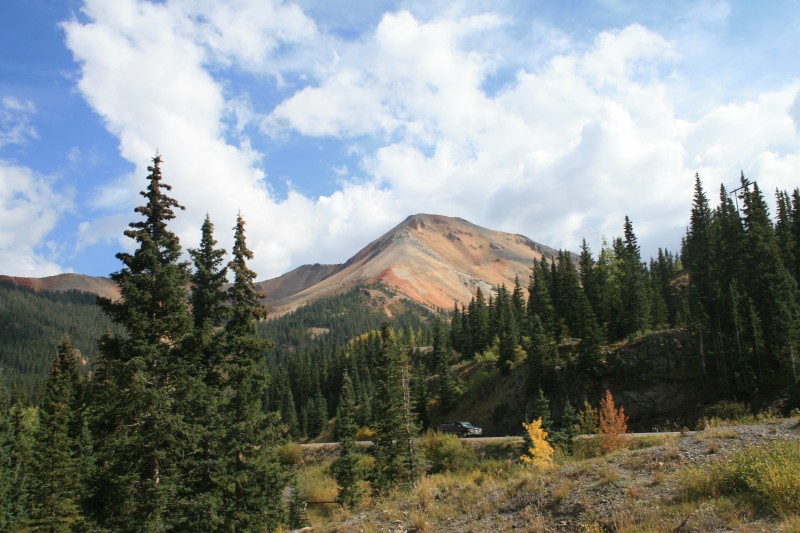Wood Moisture Considerations in Timber Framing
Did you know… when logs are harvested they still contain water from the tree’s roots. When the moisture content drops below 30%, wood products begin to shrink and change shape. This transformation continues until wood moisture is stabilized through environmental influences such as temperature and humidity.
Because of its climate, British Columbia, Canada, has some of the best quality softwood in the world. BC’s cold climate makes trees grow tight and straight.
If wood-working processes are applied to timber products before the wood has stabilized, the shape of the joinery will change as the wood shrinks and adjusts to the environment.
What moisture content do we aim for? That depends on the destination of the product. Dry climates require drier wood. In wet climates, if very dry wood is used, the dimensions and shape expand after the wood reaches its destination. In the British Columbia Interior, where we are located, optimum timber moisture content averages around 10%.
Additional costs may sometimes be associated with this wood drying process, and we have seen examples where this has influenced peoples’ decisions to use green materials. However, based on our expertise, the results of using green wood are never optimal. In our experience, ensuring the appropriate dryness of timbers based on the climate they are being used in is the only way to build your project.
Read More
